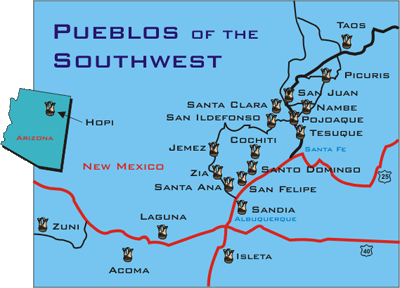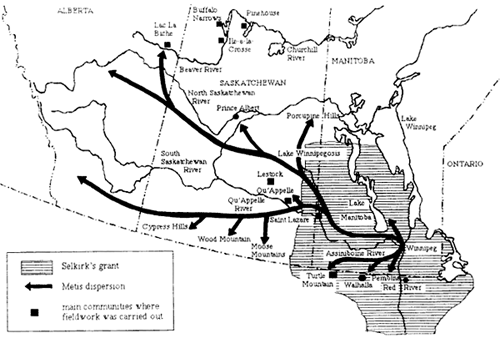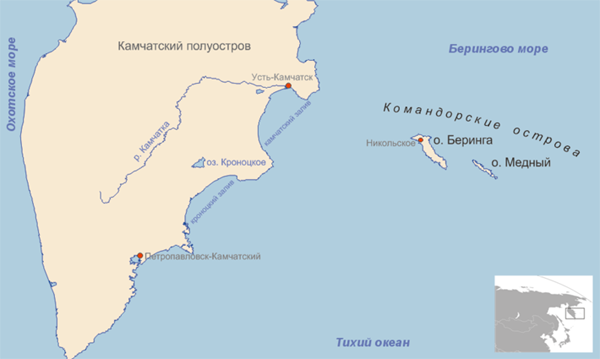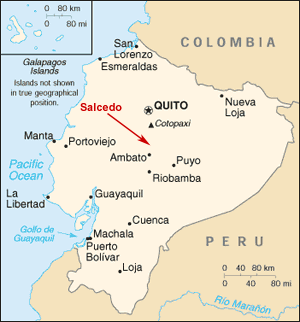| Cultural preferences in new vocabulary |    |
 As
we have seen, a basic choice
in adopting new concepts is whether the actual lexical item is borrowed
from another language, or whether the concept is translated in some
way in native morphemes. It has been claimed that the nature of the
contact can affect the linguistic outcome. Cf. Dozier (1956):
As
we have seen, a basic choice
in adopting new concepts is whether the actual lexical item is borrowed
from another language, or whether the concept is translated in some
way in native morphemes. It has been claimed that the nature of the
contact can affect the linguistic outcome. Cf. Dozier (1956):
“...the contact situation, whether forced or permissive, tends to produce a situation which is correspondingly resistive or accepting of introduced cultural elements.”
Dozier suggests that the Yaqui of Arizona borrowed many Spanish words because their relations with the Spanish were relatively positive, but that the Pueblo peoples, who revolted against the Spanish in 1680, were more hostile to the Spanish and were more likely to coin new terms.
Whatever the causes, we can see both sorts of strategies in Tewa, a Pueblo language of New Mexico. Dozier is not clear about which of the five Tewa villages (with somewhat different dialects) his words come from, although a footnote does mention the Santa Clara Pueblo.
Another variety of Tewa is spoken in Arizona, on First Mesa in the Hopi Reservation. These Tewa speakers left New Mexico after the Pueblo Revolt, to move further from the Spanish, and have even fewer direct borrowings from Spanish than do the Tewa discussed in Dozier's article — 1 percent as opposed to 5 percent of the vocabulary (Kroskrity 1978).
 A
more unusual linguistic phenomenon that can arise in situations of
intense language contact is a
A
more unusual linguistic phenomenon that can arise in situations of
intense language contact is a 
 Another
example of a mixed language is
Another
example of a mixed language is